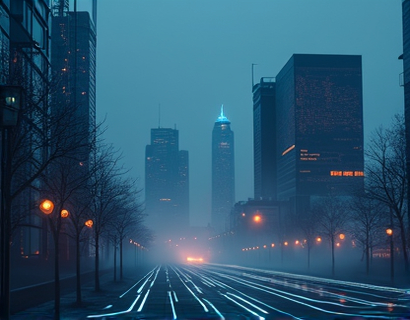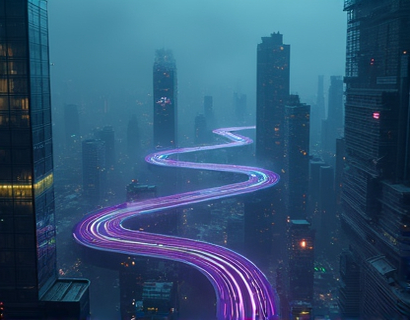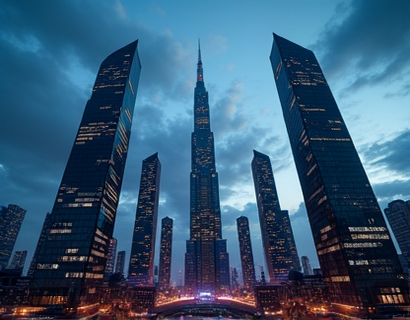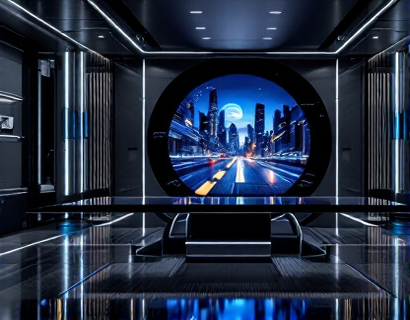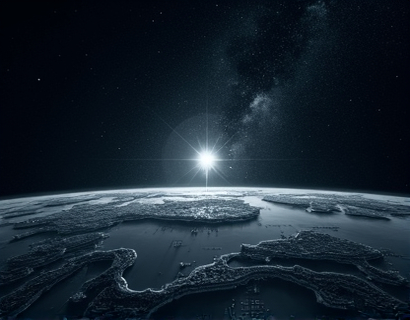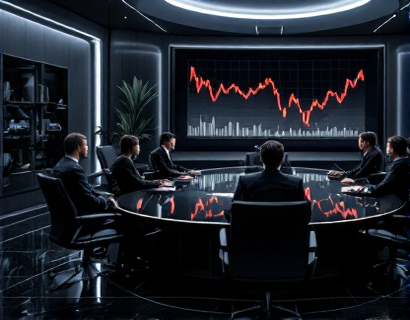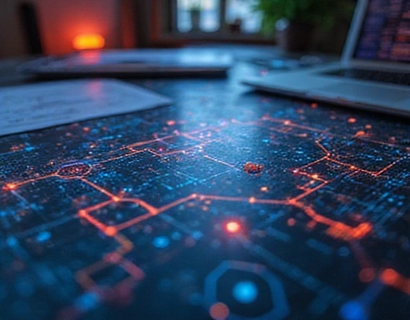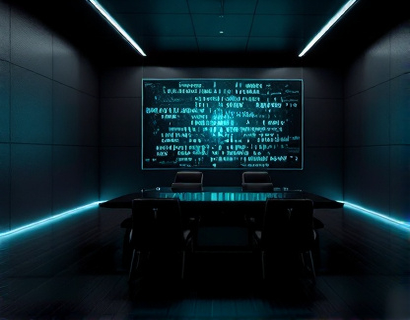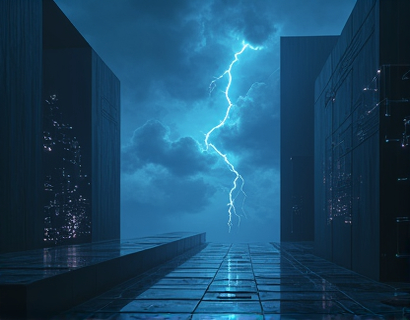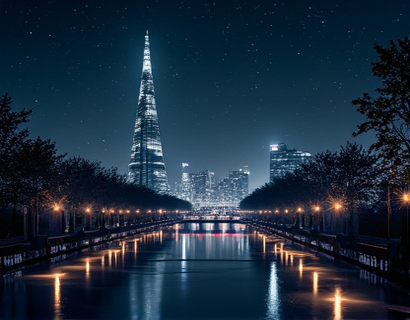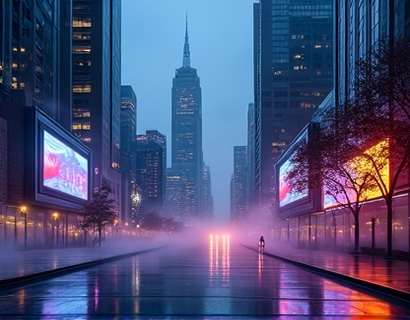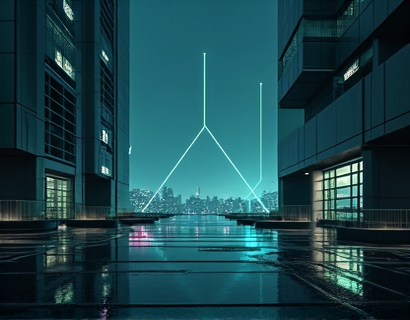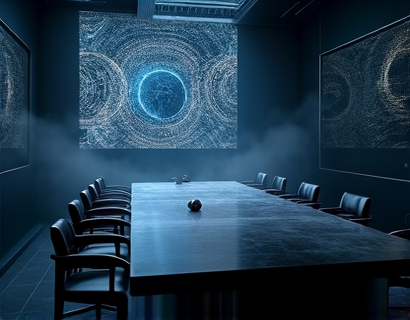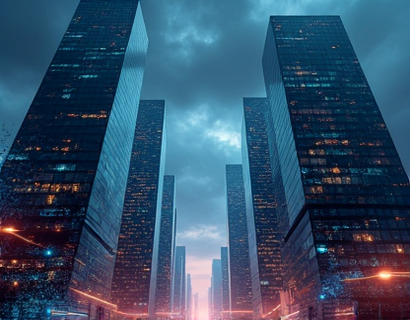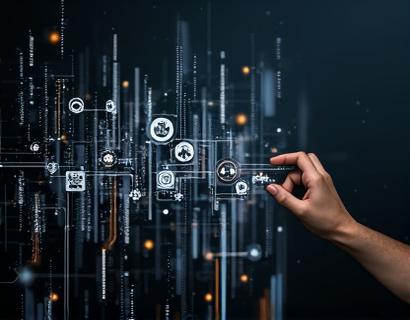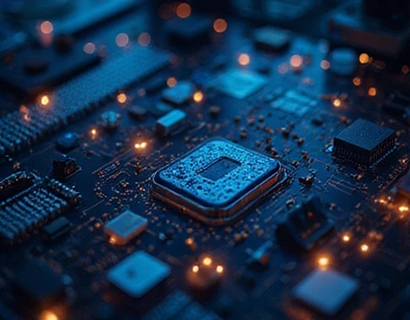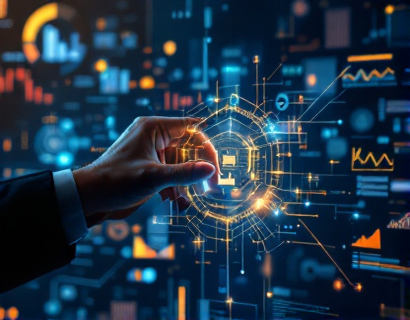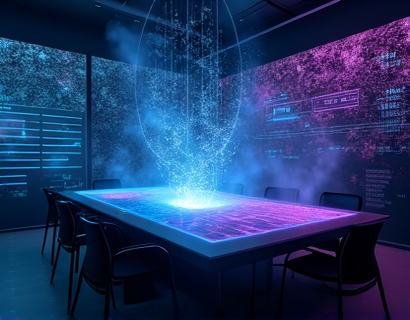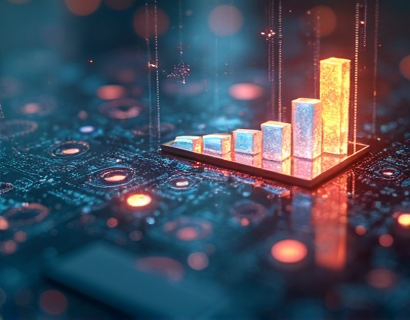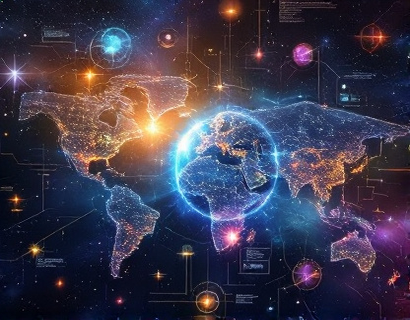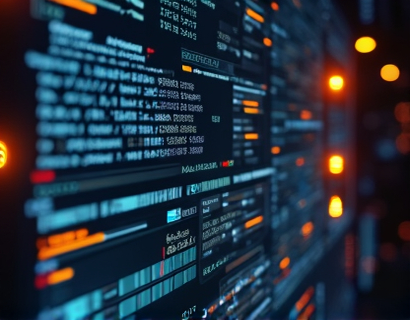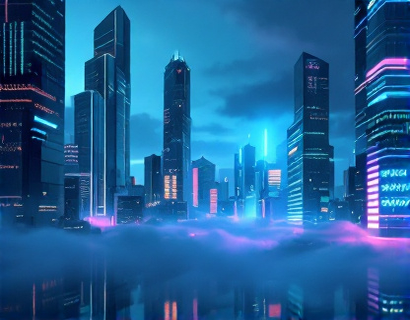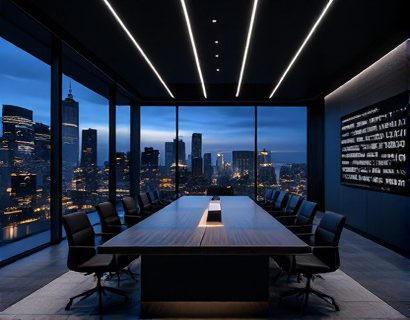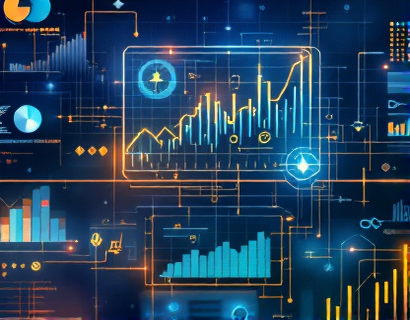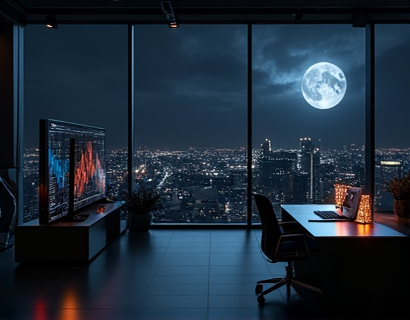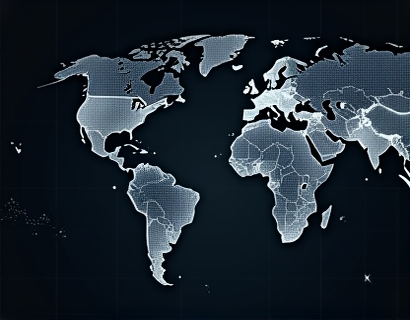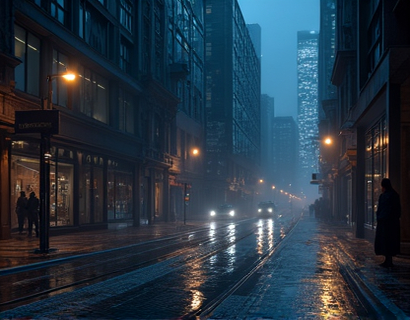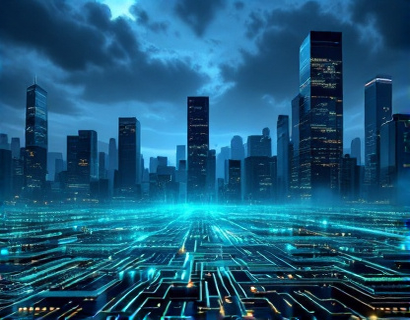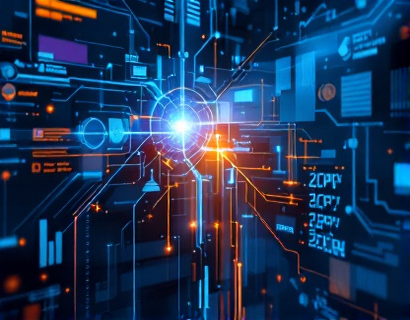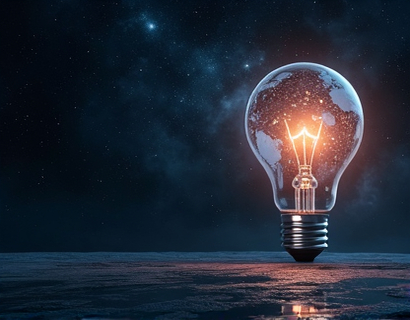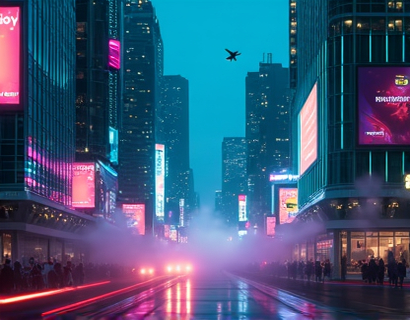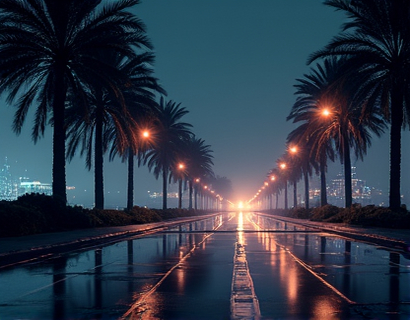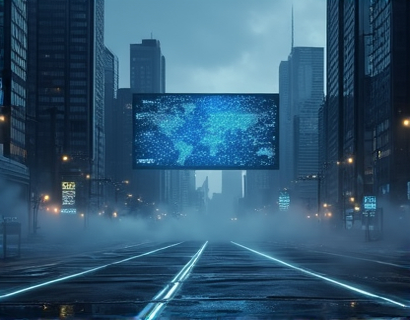AI-Powered Image Generation: Revolutionizing Creative Expression
The intersection of artificial intelligence and creative arts has given birth to a transformative technology that is redefining the way we conceptualize and create visual content. This innovative platform leverages the power of AI to convert abstract ideas into stunning, high-quality images with unprecedented ease and efficiency. For artists, designers, and businesses, this represents a new frontier in creative expression, where complex concepts can be visualized and brought to life with just a few prompts.
Understanding AI-Powered Image Generation
At its core, AI-powered image generation involves training sophisticated algorithms on vast datasets of images and artistic styles. These algorithms, often based on deep learning techniques, learn to recognize patterns, textures, and compositions that define various artistic movements and styles. When a user inputs a descriptive prompt, the AI engine synthesizes this information to generate an original image that embodies the essence of the prompt. This process is not merely about replicating existing art but about creating something novel and unique, blending the user's vision with the AI's creative interpretation.
The Creative Process with AI
The process of generating images with AI is remarkably intuitive. Users start by crafting a prompt, which can range from simple keywords to detailed descriptions of the desired scene, style, and mood. The AI then processes this input, drawing from its extensive training to produce an image that aligns with the user's vision. This seamless interaction eliminates the need for extensive artistic skills or technical knowledge, making high-quality image creation accessible to a broader audience.
Benefits for Artists
For artists, this technology serves as a powerful tool for inspiration and experimentation. It allows them to explore new styles and concepts quickly, pushing the boundaries of their creativity. Artists can use AI-generated images as a starting point, refining and building upon them to create unique pieces that reflect their personal touch. This collaboration between human creativity and AI innovation opens up endless possibilities for artistic expression.
Advantages for Businesses
Businesses, particularly those in marketing, advertising, and branding, can leverage AI-generated images to create distinctive and engaging visual content. The ability to produce high-quality, custom images rapidly and cost-effectively is a significant advantage. Whether it's for social media, website design, or print materials, AI-generated visuals can help brands stand out and connect more effectively with their audience. The customization options are vast, allowing businesses to tailor images that perfectly align with their brand identity and messaging.
Technological Foundations
The success of AI-powered image generation relies on advanced computational methods and large-scale data training. Generative Adversarial Networks (GANs) and Variational Autoencoders (VAEs) are two prominent architectures used in this field. GANs consist of two neural networks, a generator and a discriminator, that compete against each other to produce highly realistic images. VAEs, on the other hand, learn to encode and decode images, enabling the generation of new images by manipulating latent variables. These technologies, combined with vast datasets, enable the creation of images that are not only visually stunning but also contextually relevant.
User Experience and Accessibility
The user experience with AI-powered image generation platforms is designed to be user-friendly and accessible. The interface typically features a simple text input field where users can type their prompts. Advanced platforms may offer additional parameters such as style, color scheme, and composition to fine-tune the output. The AI engine processes the input and generates the image in real-time, providing immediate feedback. This instant gratification encourages iterative refinement, allowing users to experiment and achieve the desired result with minimal effort.
Customization Options
One of the key strengths of these platforms is the level of customization they offer. Users can adjust various parameters to control the output, ensuring the final image meets their specific needs. For instance, adjusting the "style" parameter can shift the image from a photorealistic depiction to a stylized illustration. Similarly, modifying the "color" parameter can change the overall palette, from vibrant and bold to muted and subtle. These controls empower users to guide the AI's creative process, resulting in images that are both unique and tailored to their vision.
Applications Across Industries
The applications of AI-powered image generation are diverse and far-reaching, impacting multiple industries in profound ways.
Marketing and Advertising
In marketing and advertising, AI-generated images can accelerate the content creation process, allowing agencies and brands to produce high-quality visuals quickly. This efficiency is particularly valuable in fast-paced industries where timely content is crucial. Custom images can be used for campaigns, social media posts, and advertising materials, helping brands to maintain a consistent and engaging visual identity.
Web Design and User Experience
Web designers can utilize AI-generated images to enhance user experience and aesthetics. These images can serve as background elements, icons, or interactive components, adding a layer of visual richness to websites and applications. The ability to generate unique images on demand reduces the reliance on stock photos, ensuring a more original and personalized user experience.
E-commerce
For e-commerce platforms, AI-generated images can revolutionize product visualization. Instead of relying on photoshopped images, businesses can create realistic product renders that showcase items in various settings and configurations. This not only improves product appeal but also enhances customer trust by providing accurate and detailed visual representations. The rapid generation of multiple image variations can also help in A/B testing, optimizing product listings for better performance.
Art and Design
In the art and design community, AI-powered image generation serves as a collaborative tool. Artists can use these platforms to explore new styles, generate concept art, and create digital paintings. Designers can leverage AI to produce intricate patterns, textures, and illustrations, expanding their creative toolkit. The ability to experiment with different styles and techniques without the constraints of traditional media opens up new avenues for artistic innovation.
Ethical Considerations and Future Directions
As with any powerful technology, the use of AI-powered image generation raises ethical questions and considerations. Issues such as copyright, originality, and the potential for misuse need to be addressed. Ensuring that AI-generated images respect intellectual property rights and do not perpetuate harmful stereotypes is crucial. Additionally, ongoing research aims to improve the quality and diversity of generated images, reducing biases and enhancing the overall user experience.
Future Developments
The future of AI-powered image generation is promising, with continuous advancements in AI algorithms and computational power. We can expect more sophisticated models that better understand context and nuance, leading to even more realistic and creative outputs. Integration with other technologies, such as augmented reality and virtual reality, will further expand the possibilities, allowing users to interact with generated images in immersive environments. The potential for AI to assist in creative processes across various fields is vast, promising a future where human creativity and machine intelligence collaborate seamlessly.
In conclusion, AI-powered image generation represents a significant leap forward in creative technology. It empowers artists and businesses to transform their concepts into stunning visual masterpieces with unprecedented ease. As this technology continues to evolve, it will undoubtedly play an increasingly important role in shaping the future of visual content creation.






